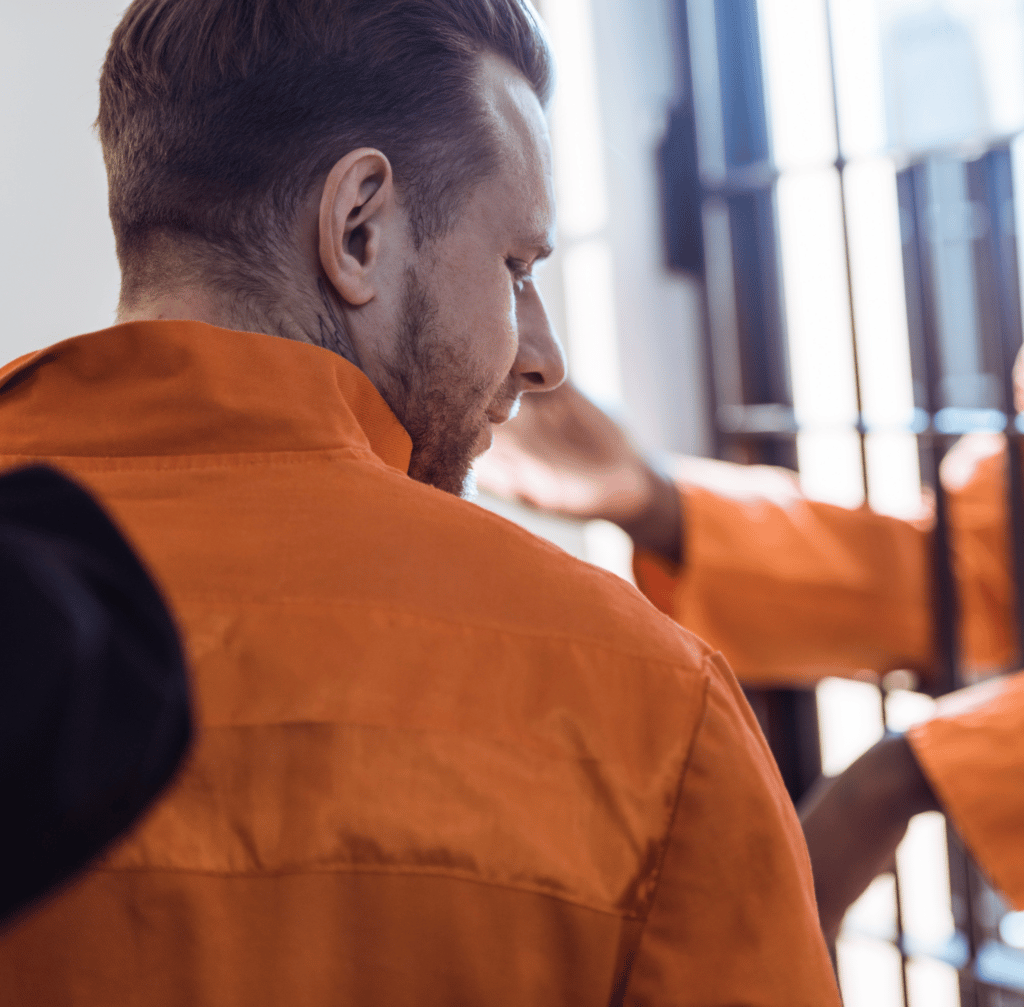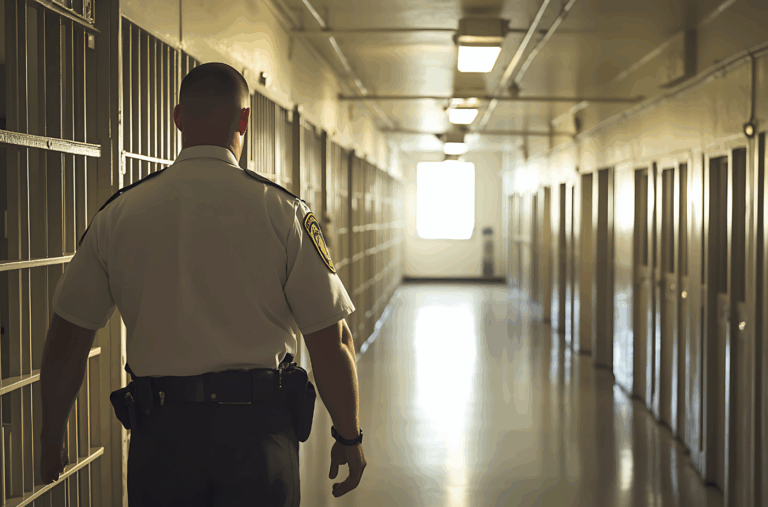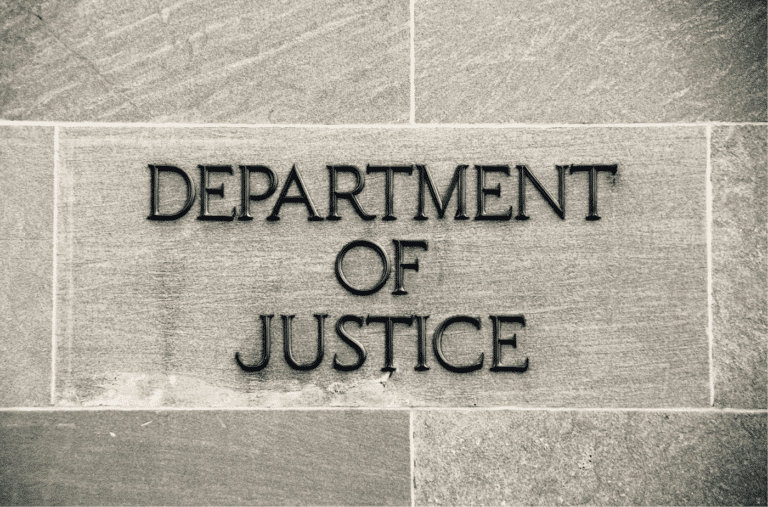By Priscilla Torres, equivant Corrections’ Product Implementation Specialist
Gangs within a jail can pose a significant risk to the safety of both inmates and staff. Recognizing signs of gang activity within your facility is crucial to addressing and managing a gang issue effectively. In this blog, we will explore the seven signs that indicate your facility may have a gang problem—and how to intervene.
- Unexplained Tattoos and Symbols
One of the most visible signs of gang affiliation among inmates is the presence of gang-related tattoos or symbols. Inmates often get these tattoos during their time in the facility to show loyalty to a particular gang. These tattoos may include specific numbers, letters, or icons associated with the gang. Be vigilant about monitoring new tattoos and symbols among inmates.
- Segregation by Race or Affiliation
Note patterns of self-segregating based on racial or other affiliation. Particular attention should be made to observe any patterns of inmates staying away from certain areas, only interacting with the same group of inmates, and avoiding interactions with other groups.
- Display of Gang Colors and Clothing
Gangs often have specific colors and clothing associated with their identities. Inmates affiliated with a gang may wear clothing that features these colors or symbols, making it easier to identify them. This could include specific, permitted accessories or even the way they style their uniform.
- Ritualistic Behavior
Gangs often have initiation rituals, codes of conduct, and other behaviors that set them apart from the general inmate population. These behaviors may include secret handshakes, code words, or specific actions that are meant to confirm a person’s allegiance to the gang. Staff should be trained to recognize and report such behaviors.
- Increased Violence and Tension
Gang activity within a facility often can lead to increases in violence and tension. Frequent fights, assaults, or other forms of aggression among inmates can be indications that a gang issue exists. If violence appears to be escalating without a clear cause, it may be a sign that gang dynamics are at play.
- Control of Contraband
Gangs often control the smuggling and distribution of contraband within jails. Unusual patterns of contraband entering the facility, such as food, drugs, weapons, or cell phones could be related to gang activity as they often use these commodities to maintain power and generate income.
- Recruitment and Proselytization
Jails are a primary location for gangs to recruit new members. Inmates affiliated with gangs may approach others and attempt to recruit them through persuasion, coercion, or threats. Any efforts to recruit and the spread of gang influence within the facility should be met with serious repercussions and disciplinary actions.
If you are witnessing any of the above behaviors and suspect your facility may have a gang problem, it’s essential to take immediate action. Intervene by taking the following actions:
- Train Staff: Provide comprehensive training to all staff and volunteers to help them recognize the signs of gang activity and train them on how to respond appropriately.
- Create Gang Intelligence Units: Establish specialized staff units dedicated to monitoring gang activities, gathering intelligence, and disrupting gang operations within the facility.
- Segregate High-Risk Inmates: When necessary, segregate high-profile gang members or gang recruiters to reduce their influence over other inmates.
- Enhance Security Measures: Invest in improved security technology, personnel, and search procedures to prevent the introduction of contraband and maintain order.
- Make Rehabilitation and Education Programs Known: Provide inmates with information about the facility’s opportunities for education, job training, and counseling to address the underlying factors that contribute to gang involvement and reduce recidivism.
Identifying a gang problem within your facility is a crucial step toward addressing this issue and maintaining a safe and secure environment for all. By recognizing the underlying signs of gang activity, you can take appropriate measures to mitigate the influence of gangs, protect inmates and staff, and work towards the rehabilitation and reintegration of those in your care. For more information about comprehensive facility management or how strategic classification can help mitigate gang activity, please contact us.






